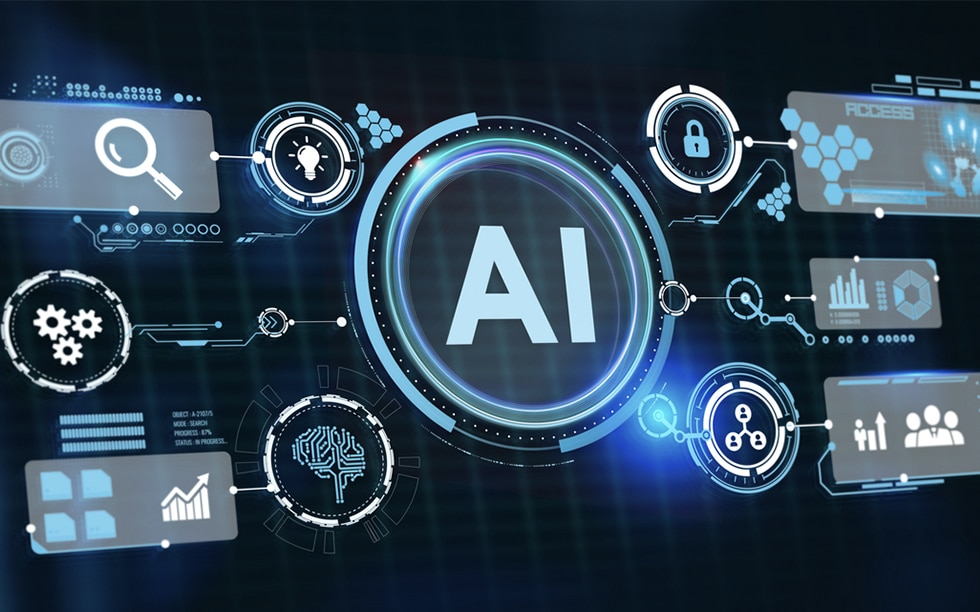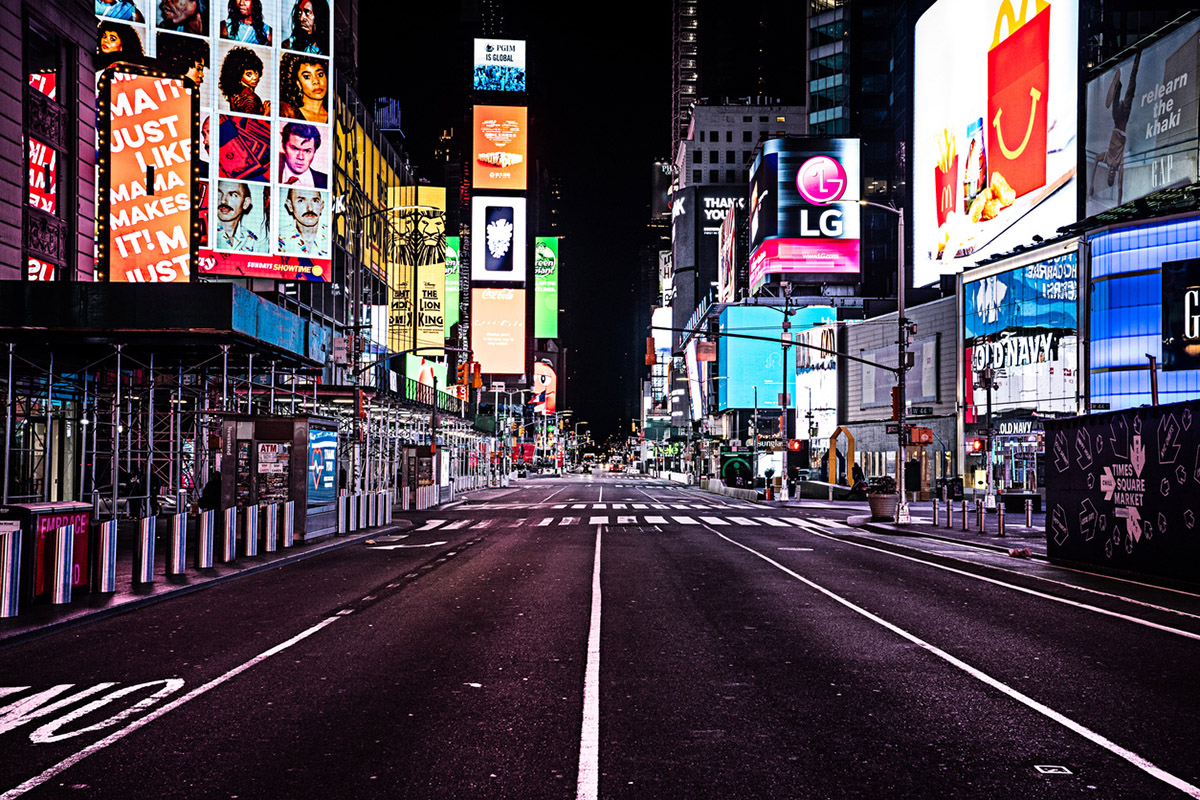May 15, 2025
—
AI is reshaping marketing and advertising as we know it — from automating ad targeting and streamlining customer segmentation to generating compelling copy in seconds. But with so many buzzwords flying around — AI, ML, Generative AI, LLM — it’s easy to get lost in the hype and confusion. What do these terms actually mean…

AI is reshaping marketing and advertising as we know it — from automating ad targeting and streamlining customer segmentation to generating compelling copy in seconds. But with so many buzzwords flying around — AI, ML, Generative AI, LLM — it’s easy to get lost in the hype and confusion.
What do these terms actually mean for your marketing outcomes? More importantly, how can understanding them help you operationalize AI to drive faster, smarter, more efficient campaigns?
Whether evaluating AI-powered tools or trying to build a future-ready advertising strategy, understanding these foundational technologies is the first step toward making AI a true competitive advantage. This can improve your workflows, decision-making, and campaign performance at scale.
At its core, artificial intelligence is the science of making machines smart—able to mimic human abilities like reading, writing, seeing, and understanding language. In advertising, this means tools that don’t just follow static rules but learn from data, improve over time, and make decisions that automatically optimize your campaigns.
AI in advertising powers everything from programmatic real-time bidding to creative optimization. Unlike traditional tech, AI spots patterns in vast datasets, learns from outcomes, and adapts—giving advertisers a powerful edge in today’s data-driven landscape.
You’re not just using AI to save time—you’re using it to make better creative, smarter decisions, and deliver more personalized experiences at scale. And while the tech itself includes terms like machine learning, NLP, and neural networks, you don’t need a PhD to benefit. You just need to understand that AI can create, optimize, and even predict campaign success—faster than any team of humans can.
To evaluate new partners and solutions critically, it’s important to understand the core technologies driving the tools advertisers use every day. It’s just as essential to stay up to date with ongoing news, updates, and innovations that can signal shifts in strategy, performance capabilities, and competitive advantage.
Here’s a quick guide to four essential terms every marketing and advertising professional should know:
Artificial intelligence refers to the broad field of computer science in which machines are designed to perform tasks that typically require human intelligence. These tasks include recognizing images, understanding natural language, and making decisions.
Think of AI as the umbrella term that covers a wide range of subfields. These subfields include machine learning, generative AI, and large language models.
Machine learning is a subset of AI in which systems learn from data to improve performance over time, without being explicitly programmed for every outcome.
In marketing and advertising, machine learning powers tools like ad targeting, customer segmentation, and product recommendation engines.
Generative AI is a specialized area within machine learning that focuses on creating entirely new content, such as text, images, or code, based on patterns learned from large datasets and user prompts.
Examples of generative AI in marketing and advertising include chatbots, AI-generated campaign visuals, social media captions, and product descriptions.
Large language models are a type of generative AI trained on massive amounts of text data. These models — such as ChatGPT, Google Gemini, Claude, and Jasper — are capable of generating human-like responses, drafting emails, summarizing documents, writing ad copy, and answering complex questions with natural language.
While LLMs originated outside of traditional adtech, they’re quickly becoming more mainstream in marketing workflows. Brands and platforms are beginning to integrate LLMs to power use cases like dynamic ad copy generation, real-time chatbots, personalized messaging, and content scaling for multichannel campaigns.
Unlike traditional automation tools, LLMs learn and adapt. Combined with broader AI systems, they support dynamic creative optimization, forecast campaign performance, and personalize consumer journeys in real time. They enable marketers to move from static audience segments to predictive targeting, and from batch creative to bespoke experiences.
And while you don’t need to memorize every term, it’s helpful to understand the capabilities. AI isn’t just an add-on to your campaigns, it’s becoming integral to how they’re planned, executed, and continuously optimized.
Many advertisers conflate machine learning (ML) with generative AI, but they are not the same. While both are rooted in artificial intelligence, they serve different functions in an advertising context.
Machine learning excels at prediction and optimization. It analyzes past data to forecast outcomes, automate decisions, and improve campaign performance—think smarter targeting, better segmentation, and predictive customer insights.
Generative AI, on the other hand, is built to create. It generates new content—copy, images, videos, and more—based on patterns it’s learned from training data. It’s the tech behind tools that can draft an ad headline or generate product visuals on command.
From transforming content creation to optimizing campaigns, AI technologies are revolutionizing the advertising landscape— if you know how to leverage them effectively.
Stay tuned for the next blog in our series, which will explore the evolution of these technologies. It will show how AI has shaped the advertising industry and continues to evolve. We’ll dive deeper into where machine learning and generative AI truly shine and how to use them strategically to maximize your marketing efforts.
Interested in learning more about the latest technologies and trends in the industry? Sign up to receive our trends and insights newsletter.
Related Posts

For decades, reach and frequency were the industry’s gold standard for understanding audience exposure in television advertising. In the.

In the constantly evolving digital advertising landscape, agility and flexibility are paramount. As agencies and advertisers look to maximize.

When COVID-19 upended the world in early 2020, the ripple effects were swift and far-reaching across every industry, and.